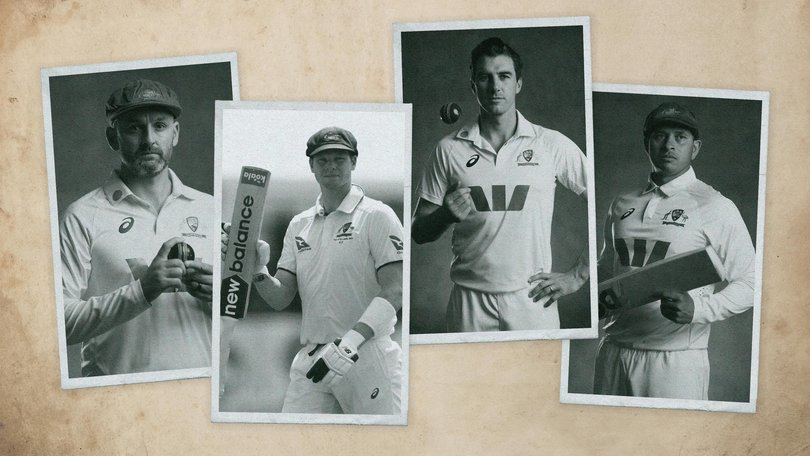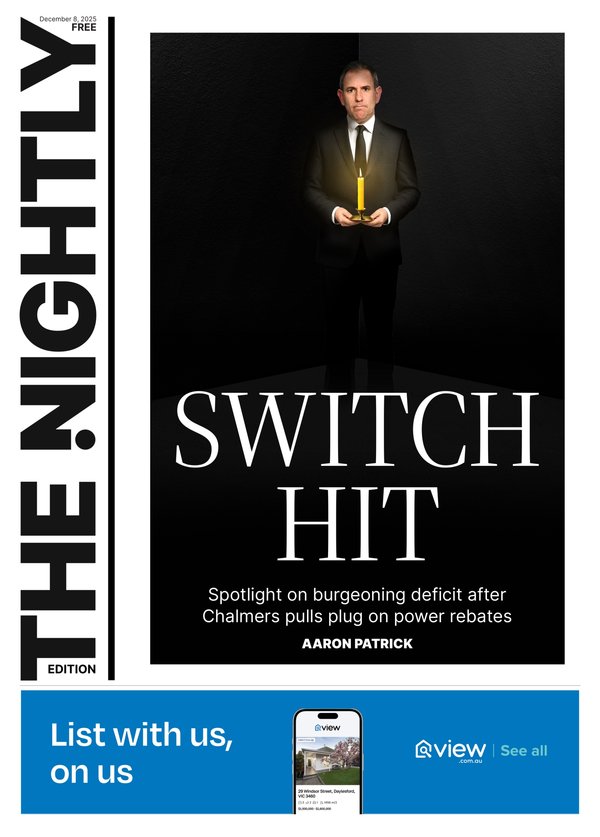MITCHELL JOHNSON: Australia faces pressure and selection doubts ahead of Ashes series
The Ashes is always a unique beast.
You can be the form player in domestic cricket, you can have runs on the board or wickets in the bank, but when the Ashes arrives, the scrutiny doubles and the pressure is unlike anything else.
The squad Australia take into this summer will reflect that tension — a mix of proven players, some unsettled batting spots, and the ever-present questions around age, form, and leadership.
Sign up to The Nightly's newsletters.
Get the first look at the digital newspaper, curated daily stories and breaking headlines delivered to your inbox.
By continuing you agree to our Terms and Privacy Policy.On paper, the Aussies will go in with a strong squad. They have the experience of Steve Smith, Usman Khawaja, Pat Cummins, Mitchell Starc and Nathan Lyon.
The all-round balance of Cam Green and Beau Webster. And players such as Josh Hazlewood and Scott Boland who you can trust to deliver spells in Australian conditions.
But while there are positives, there are doubts that start to creep in, both for selectors and for those of us on the outside.
The squad is ageing. Most of the team is on the wrong side of 30, some closer to the twilight than the middle.
Australia’s major positive is experience. This is a squad with Test hundreds and five-fas all through it. Smith, even when not at his absolute best, still finds ways to score crucial runs.
Travis Head can open up games, and even when they’ve been in trouble, dig them out with aggressive batting, leaving the opposition scratching their heads.
The bowling attack, when fully fit, is as good as any in world cricket. Add in Alex Carey as a reliable wicketkeeper who has grown into his role, and you have a core group who know what it takes to win big matches.
Australia also come into this series with the habit of winning. That matters. They’ve been consistently successful across formats, and when you’re playing England, that winning culture helps absorb pressure when the momentum inevitably swings.
The question marks, however, can’t be ignored. The squad is ageing. Most of the team is on the wrong side of 30, some closer to the twilight than the middle.
While experience is a strength, time doesn’t stop for anyone.
The question is whether this group can sustain intensity through five Ashes Tests, all packed into seven weeks.
Then there’s the batting. In an ideal world, you’d have a settled top six well before an Ashes series. Two years out, you’d hope to know roughly what your XI looks like.
That’s been our traditional model — identify your best 11 to 15 players, let them build a block of cricket together, and enter the series as settled as possible.
This time feels different. We’re still debating the opening partner for Khawaja, who has struggled with form himself in recent series. We’re not entirely sure about the balance of the top order. That uncertainty isn’t fatal, but it adds to the risk.

Sam Konstas is playing at the WACA Ground pushing his case, but for mine, he isn’t ready for Test cricket next month. I’ve given my reasons before, but in short, I think it’s too soon.
Apart from one innings in the India series on Boxing Day, he’s found Test cricket tough. Throwing him into the deep end of the Ashes could do more harm than good if he fails. He needs to be mentally strong and fully ready for England, because this is the biggest and most unforgiving stage in Test cricket.
As we get red-ball results from the Sheffield Shield, we’ll gain a clearer picture of the Ashes squad. I would have preferred a more settled batting line-up, but I have some confidence that in Australian conditions, this team will stand up.
Australia are winning matches, but that doesn’t tell the full story. Opposition teams haven’t been as strong in recent series, with many countries prioritising T20 leagues over Test cricket. So yes, Australia are winning, but have they really been tested to the degree they will be against England in an Ashes series? That’s the unknown.
Captain Pat Cummins has been a huge talking point. Rightly so — he’s not just the skipper; he’s one of Australia’s most important players.
His fitness has been under the microscope, and over the next 40-plus days, any media appearance from teammates will almost certainly include the question: “How is the captain going?”
That’s where the media games begin. Experienced players will know how to navigate it. They’ll brush it off, control the narrative, and keep the focus where they want it.
But for younger or less experienced players, those questions can wear you down. You don’t want to be the one who says something that ends up as the headline.
The UK media, when they arrive, will not hold back. The subtle digs, the pointed questions, the constant reminders of pressure — it’s all part of the Ashes theatre.
I know this firsthand. My first England Ashes series in 2009, I was on the receiving end of their media barrage from the get-go. It was different, it was relentless, and it wasn’t in my favour.
I’ll admit I was naive at that time. It had an impact on me during the series. But you learn from that. You get better at handling it.
That’s part of the education for young players in an Ashes environment — it’s not just what happens with bat and ball, it’s how you cope with everything swirling around it.
Originally published on The Nightly
